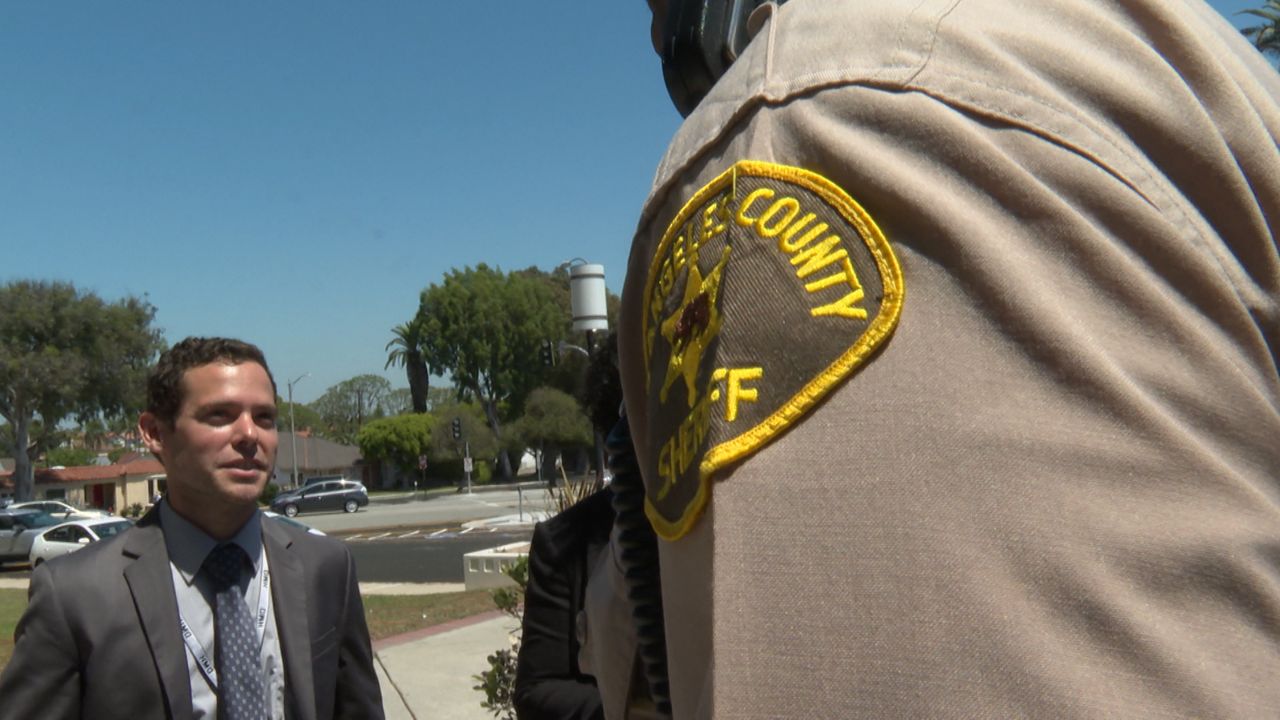CLEVELAND, Ohio—Arlene Bryant likes to walk for exercise.
- TAVR is an alternative to open heart surgery
- It was recently FDA-approved for low-risk patients
- University Hospitals is the first medical institution in the U.S. to teach the procedure to other surgeons
“Now I walk about 5 times a week and I do about 2 and a quarter to 2 and a half miles,” said Bryant.
She says a few months ago, she could barely make it around the block.
“I had a hard time… if I walked around the block once, I got out of breath. And I would come and sit down or if I would go up and down the stairs, I would have to stop and sit down,” said Bryant.
Arlene’s escalating health is thanks to a procedure she had done earlier this year— a transcatheter aortic valve replacement or TAVR.
“It’s just made all the difference in the world. I feel awesome. I really do… I feel great,” said Bryant.
The 74-year-old was diagnosed with Moderate Aortic Stenosis— meaning her aortic valve wasn’t doing its job and she needed it replaced. Left untreated, Bryant could have died.
Traditionally, an aortic valve replacement is done through open heart surgery— but TAVR uses a minimally invasive catheter.
“And we snake this all the way up backwards into your heart, we find the heart. We get to the heart, we deploy the valve and your valve is now replaced,” said Dr. Marco Costa, University Hospitals.
Costa has been doing this procedure on patients who were too high-risk for open heart surgery for years.
Only recently did the FDA approve it for patients on the low-risk end.
University Hospitals is the first medical institution in the U.S. to teach the procedure to other surgeons.
And they’re now doing it all over the world.
“We teach and we treat with the same passion, the same pride because we understand that we can treat 250 to 300 patients a year at University Hospitals but by our teaching, we can reach thousands and hundreds of thousands across the globe,” said Costa.
Costa says he’s in awe of how much this 45-minute procedure can do.
“Every day I look at those patients, although we have done more than 1000 procedures here at University Hospitals, I look at them and I say I can’t believe it. That we are doing this procedure, I’m talking with you and you’re going home the next day,” said Costa. “It is unthinkable. 20 years ago, you couldn’t even fathom the idea that this could be possibly done.”
For Bryant, this procedure saved not only her life, but her livelihood.
“I feel wonderful, I feel great and even my family says, you know, you got your sparkle back, and I didn’t even know I didn’t have it anymore, so I just hope that this will help other people,” said Bryant.








